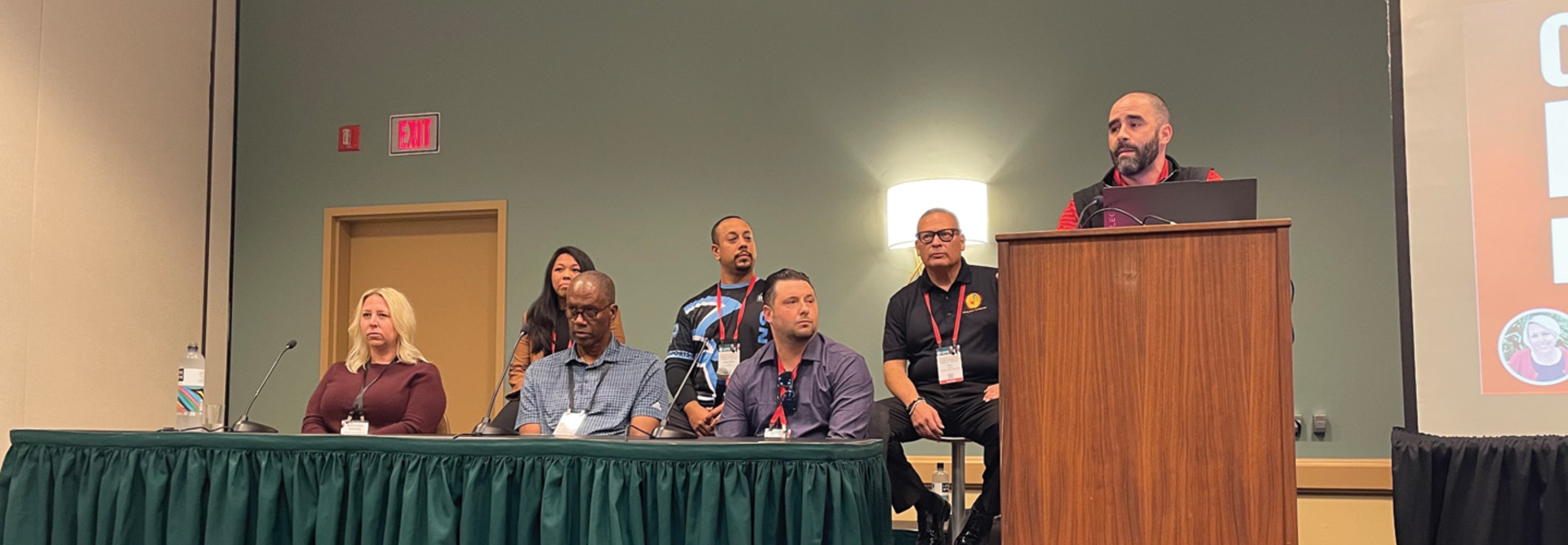Create an Esports Community with Student Needs in Mind
Being at school leads to success, Konopelko said, and esports helps keep kids at school who might not otherwise be there. He advised attendees in the audience to let the students’ and the program’s goals guide the choices educators make as they build esports in their own districts.
“If we make it too hard for them to stay here and play, our students will just go home and play,” Konopelko said. “What we want them to do is build that community here at school, so that they can play and find their peer group.”
Panelists also noted that the esports community wasn’t limited to just the players.
“One of the things our league did last year was host a fan art contest,” Baynes said, noting that more 80 students submitted art. “They aren’t necessarily playing the games, but they’re completely involved in their esports club.”
Consoles Affect Gameplay, but Schools Can Start Small
Audience members had many questions about consoles, wanting to know how to secure consoles when hardware is hard to come by, as well as what models are necessary for different levels of competitive play.
MORE ON EDTECH: Discover popular trends in K–12 esports arenas.
Members of the roundtable agreed that it might be best to start with Nintendo Switch consoles, because they’re not as expensive as other devices and there’s a low barrier to entry for students.
Larios noted that all of his team’s equipment had been donated by the Orange USD community, allowing him to build an esports program with limited resources.
Panelists did, however, point out that competitive teams likely would need gaming PCs to compete at the high school level. Konopelko explained that the resolution and frame rate can make a drastic difference in an athlete’s performance, but added that this doesn’t need to break the bank, depending on which games schools choose. “Three machines make a competitive team for Rocket League,” Konopelko said.
Lucero said LAUSD is in the process of building an esports lab with the help of CDW, which Hicks noted could be used as a CTE lab during the day before transitioning to an esports arena after school.
Ultimately, panelists agreed, it’s best to start small and focus on the goals of a district’s program when deciding what titles to play and what hardware to purchase for a new esports team.
Bookmark this page to stay up to date with our CITE 2022 conference coverage, and join the conversation on Twitter when you follow @EdTech_K12 and use the hashtag #CITE2022.











